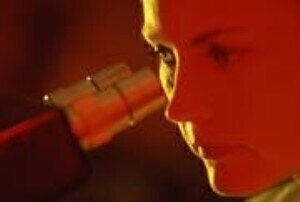-
 Microscopy techniques were used in the discovery
Microscopy techniques were used in the discovery
Microscopy & Microtechniques
Microscopy used in discovery of anoxic creatures
Apr 09 2010
A new species of Loricifera, the animals live in marine sediments and measure less than one millimetre in length.
Using electron and infrared microscopy, in conjunction with biochemical analysis and radioactive tracers, the researchers confirmed the creatures were metabolically active.
Previously, experts had believed only viruses and bacteria could live and reproduce without the need for oxygen.
The Italian and Danish researchers that were involved in the revelation suggested that this could mean animals may exist on planets that do not have aerobic conditions.
Living at depths of more than 3,000 metres below sea level, the specimens were taken from the Mediterranean's L'Atalante basin.
University of Western Australia scientists recently utilised microscopy equipment to analyse DNA located in fossilised egg shells.
Digital Edition
Lab Asia 31.2 April 2024
April 2024
In This Edition Chromatography Articles - Approaches to troubleshooting an SPE method for the analysis of oligonucleotides (pt i) - High-precision liquid flow processes demand full fluidic c...
View all digital editions
Events
InformEx Zone at CPhl North America
May 07 2024 Pennsylvania, PA, USA
May 14 2024 Oklahoma City, OK, USA
May 15 2024 Birmingham, UK
May 21 2024 Lagos, Nigeria
May 22 2024 Basel, Switzerland






.jpg)










